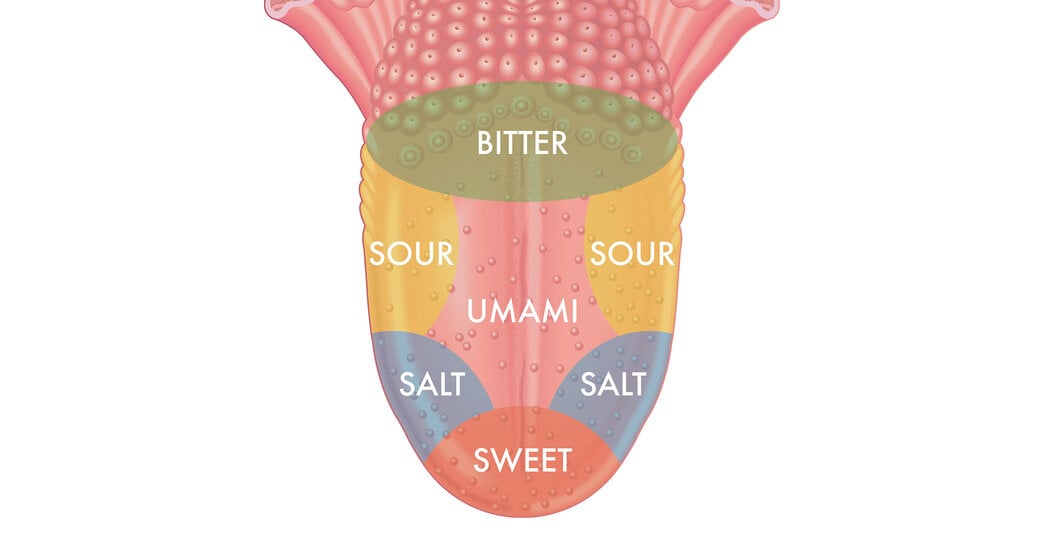The perception of taste is remarkably complex, not only on the tongue but in organs throughout the body.
The idea that specific tastes are confined to certain areas of the tongue is a myth that “persists in the collective consciousness despite decades of research debunking it.” Also wrong: the notion that taste is limited to the mouth.



Some things to think about: symmetrical wings, with the same curve on bottom and top, can fly perfectly fine. Flat wings, with no curve at all, don’t fly quite as well but with the proper angle of attack can also generate lift. Additionally, planes fly perfectly well upside down.
If this curve explanation were complete, how could those things work?
A symmetrical profile, when having a non zro angle of attack, is actually not symmetrical anymore.
Yes, those are all good points. I’ve decided the answer is related to the directionality of gravity somehow, but I’m not sure why. So you’re already working with one acceleration vector when stationary. As in, the air underneath is being pushed on in a way the air above the wing isn’t, almost like cavitation versus compression. Then you add the thrust vector and the little differentials add up to the point it generates lift. I’ll keep thinking about it!
Science in the making, people /s
toss my salad with jelly or syrup
You’ve such a way with words